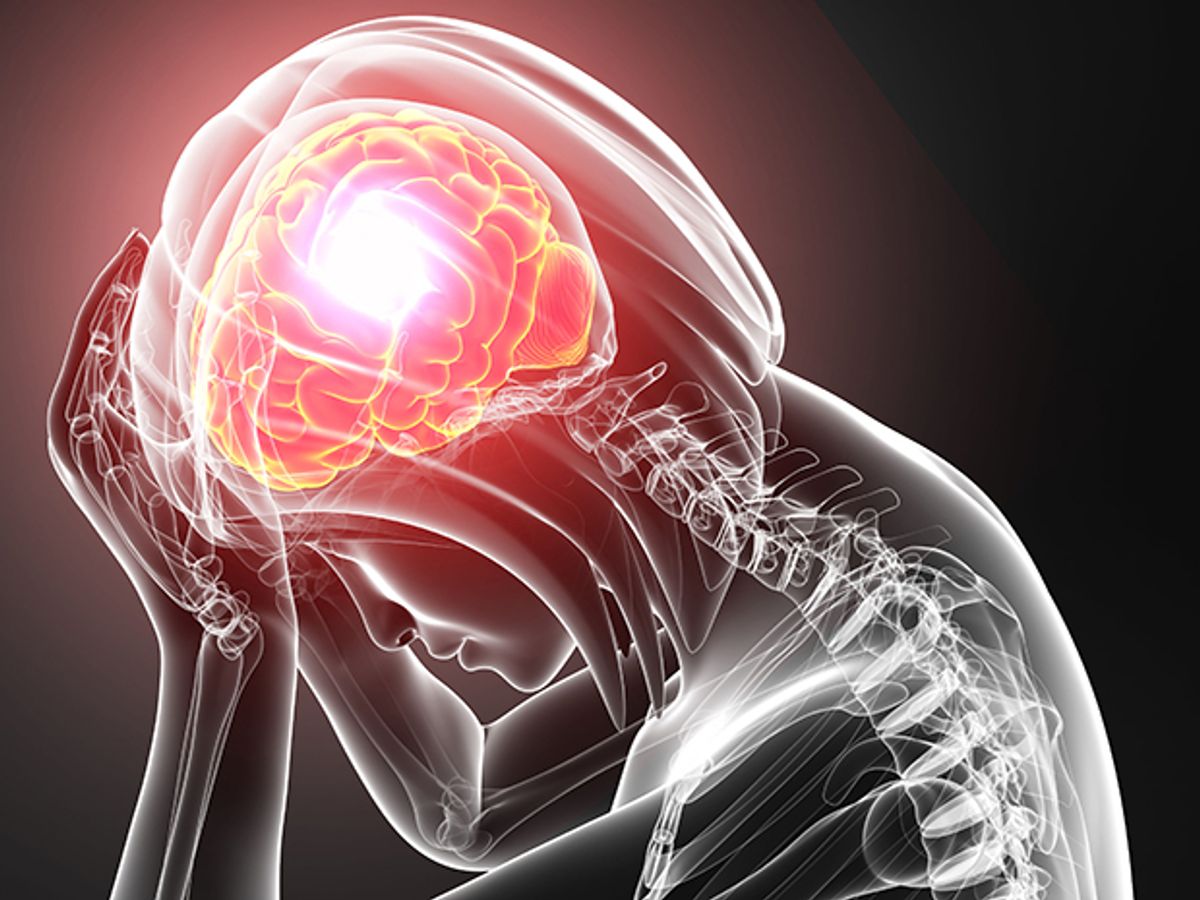Scientists in Boston say that vagus nerve stimulation—currently a treatment for epilepsy, but under investigation for a broad host of other ailments—suppresses the spread of an important neurophysiological phenomenon called cortical spreading depression. And it does it much faster than phramaceuticals.
Cortical spreading depression (CSD) occurs in migraines, and when it spreads to the brain’s occipital lobe, causes the “aura” some patients experience. The discovery lends scientific heft to the work being done by companies pursuing a device-based treatment for migraine headaches.
The spread of CSD in the brain is “like a pebble hitting the water. It ripples through the brain,” says J.P. Errico, CEO of Electrocore Medical, the Basking Ridge, N.J., company whose devices were used in the study. Prophylactic migraine medications work by reducing the excitability of the brain’s neurons—damping the ripples and making it harder for them to start in the first place.
[See “The Vagus Nerve: A Back Door for Brain Hacking,” June 2015]
The scientists, at Massachusetts General Hospital and Harvard Medical School, performed identical experiments using either a stimulator with electrodes implanted on one of the two vagus nerves in a rat’s neck or using the GammaCore, Electrocore’s non-invasive stimulator that excites the nerve from outside the neck. Critically for Electrocore, both devices produced exactly the same effect.

“This is a watershed moment for us,” says J.P. Errico, Electrocore’s CEO. The company had earlier shown that its stimulator reduced the level of an excitatory neurochemical called glutamate. “Glutamate reduction was a hint. This was a club over the head.”
Vagus nerve stimulation (VNS) raised the level of resistance to electrochemically triggered CSD threefold, according to the scientists. But the speed with which VNS acted is likely to give it a real advantage over today’s pharmaceuticals. CSD were suppressed a mere 30 minutes after stimulation, a “strikingly rapid onset of action compared to prophylactic agents, such as topiramate and valproate,” Dr. Cenk Ayata, the assistant professor of neurology and neuroscience at Massachusetts General who led the research, said in a press release. Those drugs typically take several weeks to achieve comparable results. Ayata and colleagues published their findings in the journal Pain.
Errico says Electrocore is involved in three major migraine trials now, and hopes to make the condition the company’s focus in 2017. It is now anticipating approval, in the first half of this year, of the Gamacore device for use in the United States to treat cluster headaches. Cluster headache is a different, and often more painful, condition than migraines. “It’s the worst pain known to science,” says Errico.
This post was corrected on 13 January 2016.
Samuel K. Moore is the senior editor at IEEE Spectrum in charge of semiconductors coverage. An IEEE member, he has a bachelor's degree in biomedical engineering from Brown University and a master's degree in journalism from New York University.



